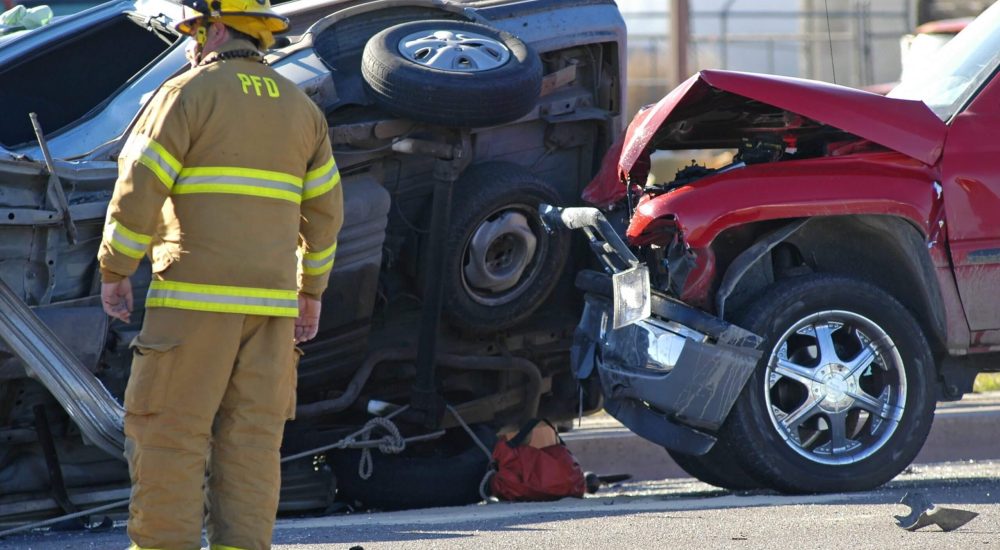|
|
Last Modified on Jan 26, 2018
In December 2017, a train jumped the track during its first journey from Seattle to Portland on a new train route, sending several cars crashing into rush hour traffic below. The train was traveling much too fast for rail conditions, pushing 80mph when it entered a curve with a speed limit of 30mph. Over 100 people were injured in the accident and at least three were killed.
Speed is clearly the primary factor in the crash. But what could have been done to prevent this accident? Could positive train control (PTC) systems have slowed the locomotive enough to prevent derailing?
Positive Train Control in the United States
PTC is a system that utilizes GPS, wireless radio signals and computers to keep track of a train’s movement and speed. Using PTC, a train can be automatically slowed or stopped if the system notices that the train is moving too fast or could cause an accident. According to the Federal Railroad Administration, PTC is the single most important rail safety development in over 100 years.
Roughly 40 percent of train crashes are caused by human error. The designers of PTC believe that universal adoption of PTC can eliminate or drastically reduce train crashes caused by human error.
The federal government has mandated that all trains be equipped with PTC by the end of 2018. The section of the track where the derailing occurred was actually equipped with PTC. However, it was not active at the time of the accident. It is scheduled to become active in the second quarter of 2018.
Amtrak is making good progress in adopting PTC, with almost half of all trains already equipped and two-thirds of tracks equipped.
If you are injured in a train accident in Houston, speak to our injury attorneys.





